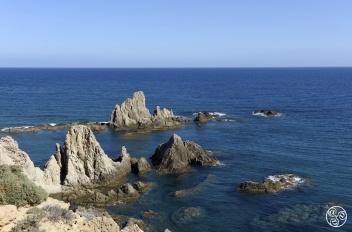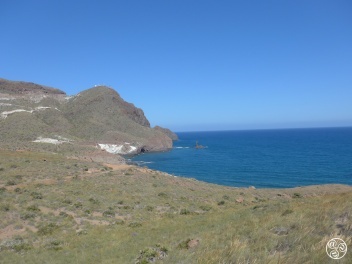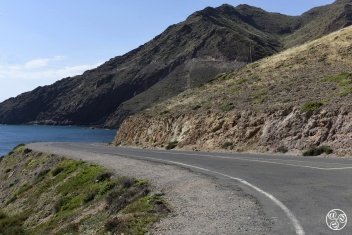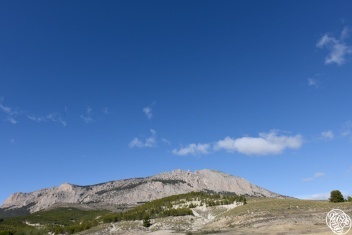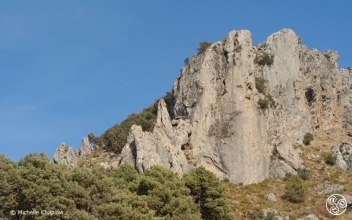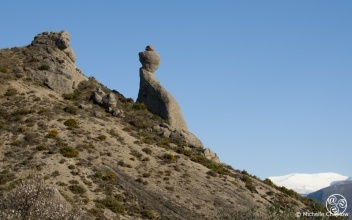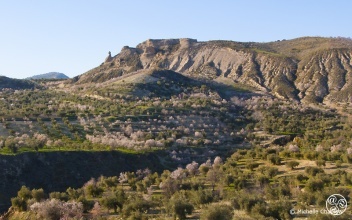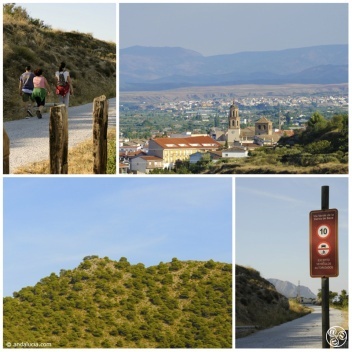Mermaids Reef- Arrecife de las Sirenas
Legend has it that sailors mistook the sound of monk seals for mermaids on this headland so they called it the Arrecife de las Sirenas (the Reef of the Mermaids). From the hills of San Miguel and Vela Blanca, where there is an 18th-century watchtower, are some of the park's most magnificent panoramic views. You can see as far as North Africa on clear days, as well as the Salinas and along t
